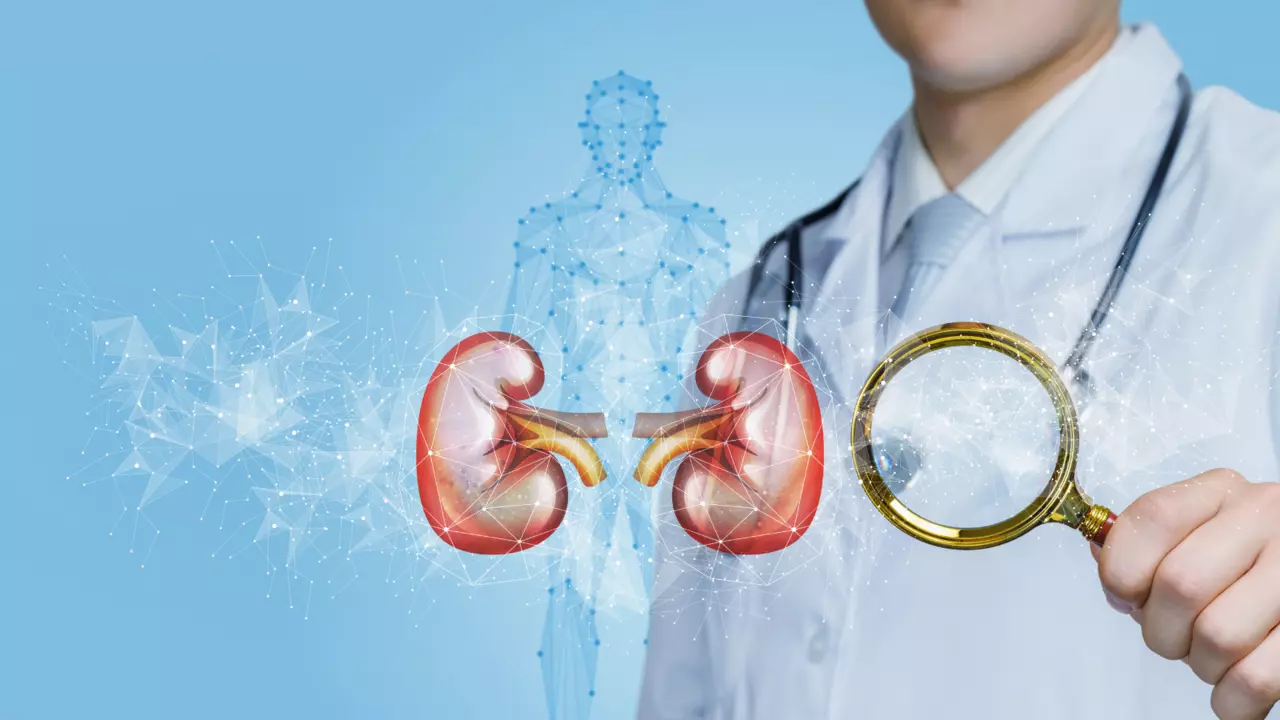A Possible New BHD Kidney Cancer Drug Target
9 Nov 2023
People with BHD are at risk of developing kidney cancer. To develop new drugs to treat BHD kidney cancer, we need to understand how FLCN (the specific gene mutated in BHD) affects the kidneys.
The mutation (change) in FLCN which causes BHD results in FLCN not functioning in the body. This causes the activation of two proteins called TFEB and TFE3. TFEB has already been shown by scientists to be a key driver in kidney cancer development. However, the role of its partner TFE3 was until recently unknown. An important study looking at TFE3 in BHD kidney cancer has been published.
The first question the researchers asked was could TFE3 affect the kidneys alongside its partner TFEB? Using BHD animal models, they knocked out (got rid of) either TFEB or TFE3 or both to see if this stopped the development of kidney symptoms. The animal models without TFE3 and TFEB had the best outcome, suggesting that both TFE3 and TFEB may be involved in BHD kidney cancer.
Next, the researchers looked at TFE3 in kidney cancer samples from seven unrelated BHD patients. They studied the samples under a microscope and using stains found both TFEB and TFE3 in the common types of BHD kidney cancer (hybrid and chromophobe renal cell carcinoma). There was a greater amount of TFEB and TFE3 than in non-BHD kidney cancer. They also found that several genes seen in BHD kidney cancer were targets of TFEB/TFE3. This suggests that increased activity of TFEB and TFE3 may contribute to tumour development and growth in BHD patients.
Kidney cancer is often caused by multiple genetic factors. Therefore, the last part of the project was to understand the degree to which TFEB and TFE3 are involved in BHD kidney cancer development. The research team injected human BHD kidney cancer cells into mouse models. This model known as a xenograft is an effective tool for studying cancer as it’s more representative of how tumours would form in humans. When the ‘normal’ BHD kidney cells with FLCN mutations were injected into the animal model, it resulted in tumour growth. When the ‘altered’ BHD Kidney cells with FLCN mutations and no TFEB were injected into the model, it stopped the growth of tumours. The same was found with TFE3. This suggests that both TFEB and TFE3 drive cancer in BHD Syndrome.
So, what happens next? Although early in the research process, these results suggest TFEB and TFE3 could be drug candidates. Further research needs to be done looking at how we can block TFEB and TFE3 and the effect this will have on BHD kidney cancer. In the future, this could lead to a new drug being developed that specifically targets and treats BHD kidney cancer.
